Pump As Turbine
TURBINE TRANSFORMED PUMP (PAT)
PUMP AS TURBINE -PAT-
USING THE ENERGY OF A WATER PIPELINE TO OBTAIN 100% RENEWABLE ELECTRICITY
A Pump as Turbine (PAT) is a classic pump that works in reverse mode. It can be 50% PAT (only the hydraulic part) or 100% PAT (hydraulic part and motor that will work as a generator). PAT systems significantly reduce initial investment costs by using existing pumping infrastructure to generate hydroelectric power.
With a single machine you can achieve two purposes
It can drastically reduce the cost of installing a turbine
Positive impact if there is an energy surplus.
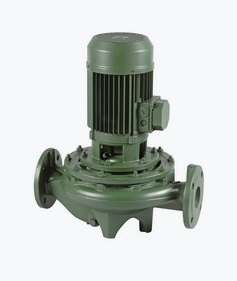
INITIAL ADVANTAGES
-
With one machine you can achieve two objectives (pumping and changing the turbine flow).
-
A much lower acquisition cost compared to its equivalent of a turbine.
-
Positive impact in the event of an energy surplus.
-
Allows the local area to replace pressure reducers or even take advantage of existing pressure drops in the pipes, to obtain an increase in energy at a much cheaper price than a conventional turbine.
-
Allows you to work in pressure and flow ranges that a turbine could not reach. Tube-tube pumps are mainly used, which makes them ideal for pressurized water circuits where the water, once turbined, does not pass outside.
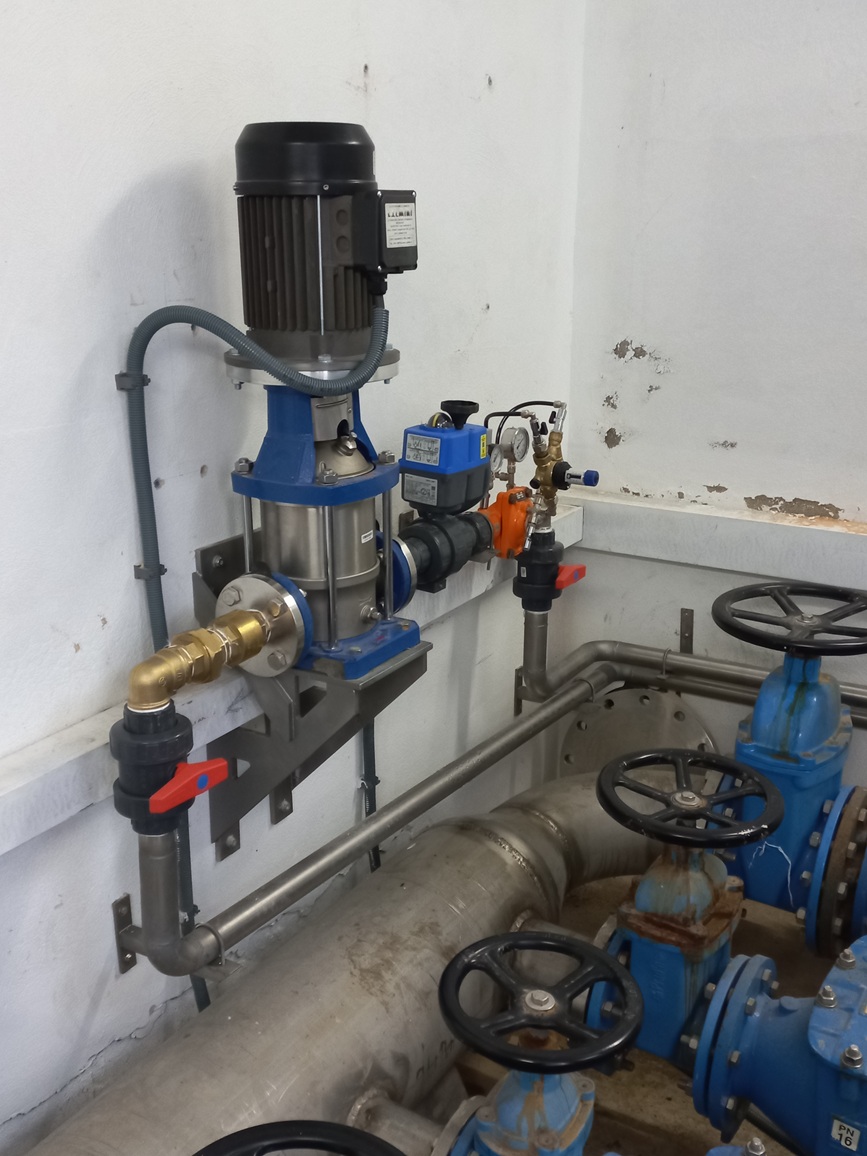
A SPECIAL CASE
- In drinking water networks where there is already positive pressure inside due to a difference in elevation, this can be a very good place to install a turbine. And within turbines, PAT’s models are a very good option, due to the lower acquisition cost.
- The PAT model can be installed in a secondary circuit (by-pass), between the pressure reducer. If design conditions allow, it can also be installed directly in the main circuit and act as a pressure reducer.
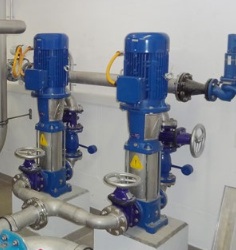
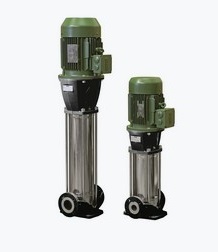
Why use a pump that works like a turbine?
-
By availability: the availability of pumps on the market is very wide, and in the catalogs there is a lot of information about their operation and constructive aspects. This is an advantage with respect to microturbines, where there is not always information. This is also a great advantage in countries with emerging economies, where the availability of hydraulic pumps is greater than obtaining specific turbines.
-
For economic and feasibility reasons. Turbines are generally manufactured for a specific working point. This makes their price (even in microturbines) high when working with a single unit. On the other hand, the mass production of hydraulic pumps results in much lower prices. It is true that a PAT will give less production, but this can be perfectly compensated by the lower price compared to a turbine.
-
For construction and maintenance reasons. In general, turbines are complex machines that require more maintenance than already manufactured pumps. In terms of operation and civil engineering works, it is easier to implement a PAT than a specific turbine and the maintenance, if any, is already known.
HYDRAULIC RE-PUMPING WITHOUT ELECTRICITY
A re-pumping is placing a pump in series with a pressure pipe, to give additional pressure to the circulating flow. In this way, the necessary pressure is increased to the point of consumption.
This can be done using two turbines (the hydraulic body of the water pump), and it is not necessary to use the electrical part. The first pump acts as a Turbine Transformed Pump (PAT), and receives the available hydraulic conditions or those at the lower level. Through a solid shaft, the second turbine is coupled, which works as a pump. And through the rotation of the shaft it brings the flow to the upper level and to the necessary pressure.

CAN ANY HYDRAULIC PUMP BE USED AS A PAT TURBINE?
The hydraulic conditions (flow and pressure), performance and specific speed (Ns) must be given in order to determine the pump model suitable for operating as a PAT turbine (reversible pump).
A pump can be converted into a PAT tube, if a flow and pressure study has previously been carried out, the specific number in pump mode and PAT mode has been determined, as well as the speed and performance in pump mode and PAT mode.
WHERE CAN A PAT BE INSTALLED?
- Pipes with water and pressure.
- Pipe ends before entering a pressure relief tank or tanks.
- Place where you want to reduce the pressure.
- Pipes in secondary circuits that benefit from a pressure differential.
- Water outlets from small hydraulic dams.
- Water outlets from water treatment plants (with very little pressure) or drinking water circuits at overpressure.
- Generally isolated locations with pressurized water.
BATTERY CHARGING OR SELF-CONSUMPTION
As always at Hidric, I offer solutions for battery charging (off-grid), or a mixed system (hybrid with battery and direct self-consumption) or even an exclusive direct self-consumption system. The PAT turbines (reversible pump) will adapt to your situation.
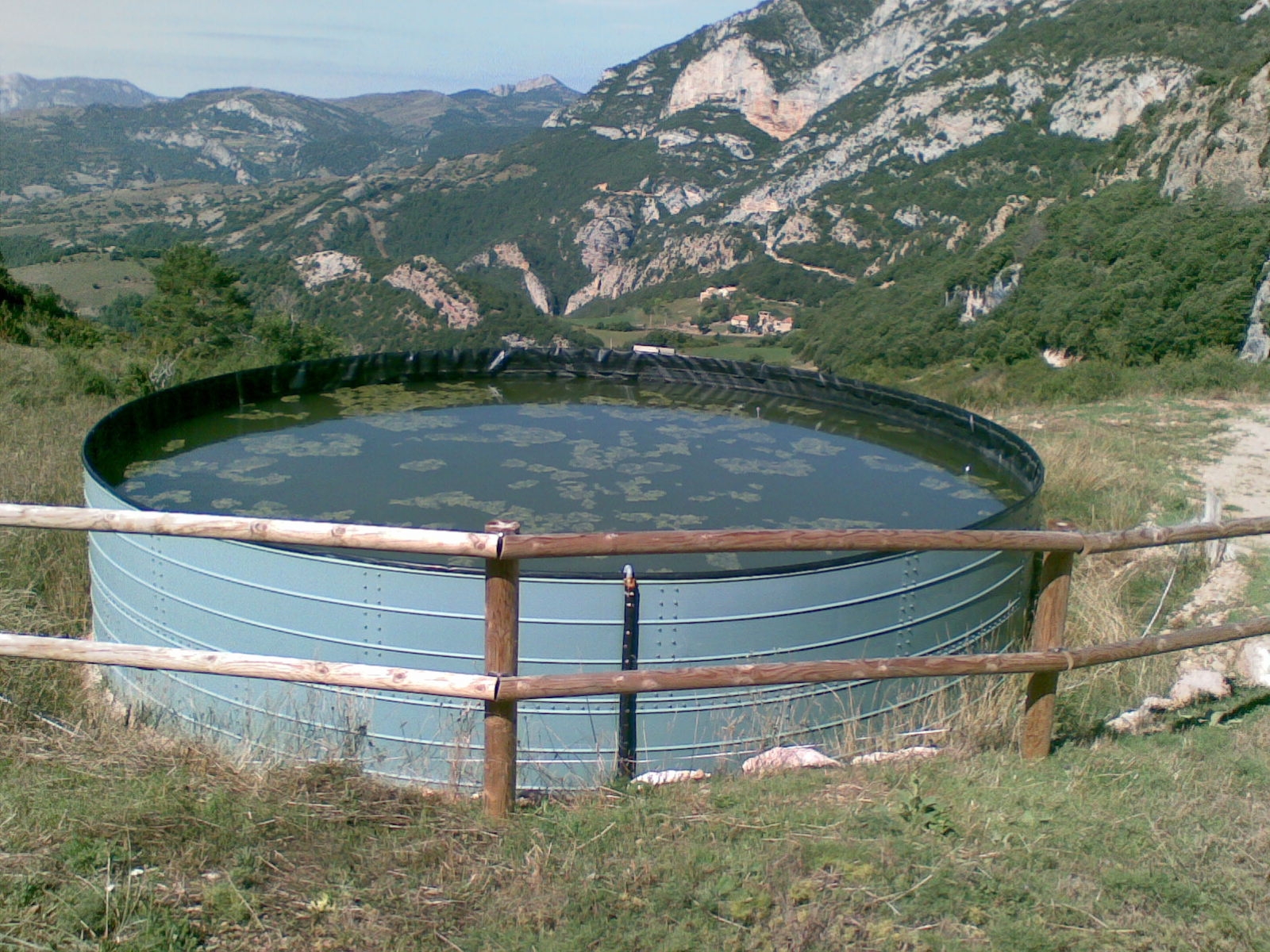
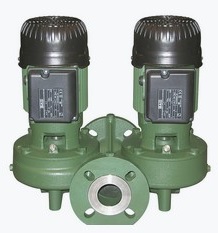

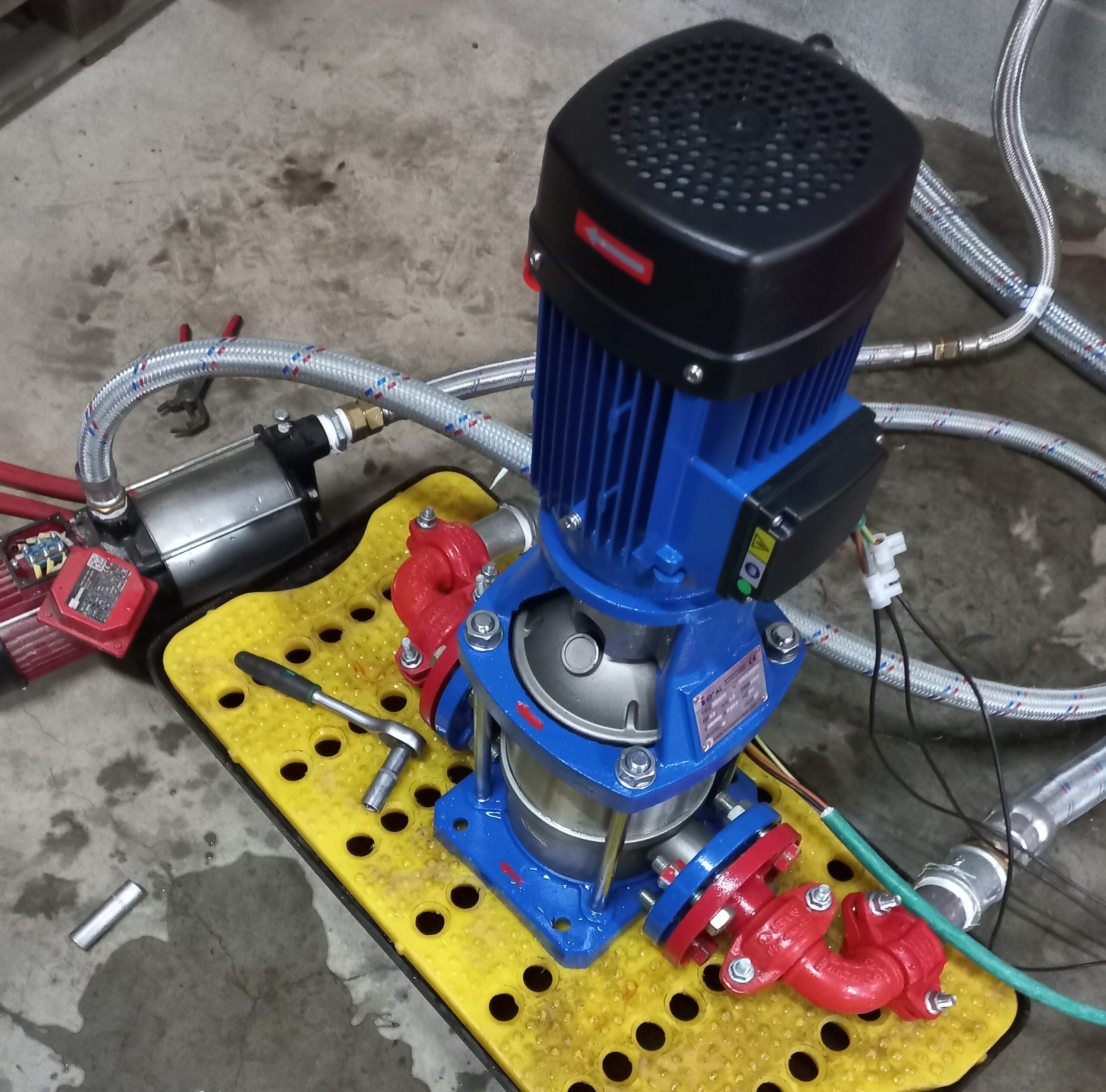
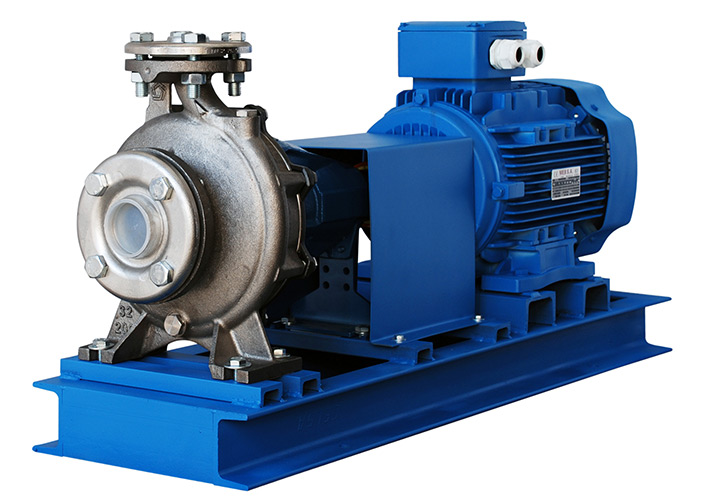
How a PAT system works
A conventional hydraulic pump can be converted into a PAT system, but not all situations are favorable to be able to convert to reversible pumping.
In fact, if you look at the graph, the machine working in pump mode uses a much lower flow rate (Qn_b) than in turbine mode (Qn_t). The same happens with pressure. In turbine mode, more pressure (Hn_t) is needed, compared to working in pump mode (Hn_b).
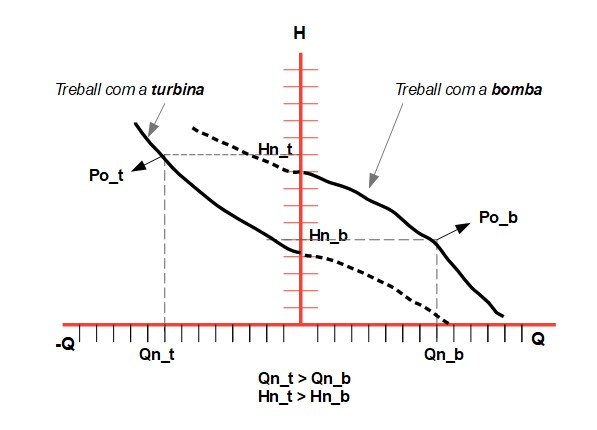

HOW CAN I HELP YOU?
-
Doing hydraulic calculations to know which pump model you can buy. You need to know the flow rate, pressure and energy requirements. I can also make a project or a technical report. Minimum engineering cost of €175.
-
Supply of the pump transformed into a turbine -PAT- (the price already includes engineering) and all the necessary hydraulic and electrical elements, or whatever you need. Installation is your responsibility. Request a quote.
-
Same as point 2 plus installation assistance. Price to be agreed depending on location.
